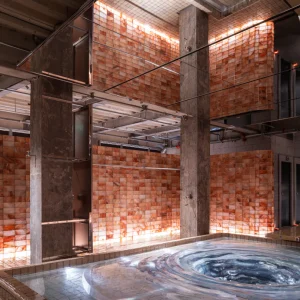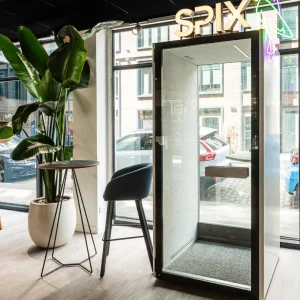Meccano is a model construction kit comprising re-usable metal strips, plates, angle girders, wheels, axles and gears, with nuts and bolts to connect the pieces. It enables the building of working models and mechanical devices.
Unveiled by TV presenter James May, the Meccano project, which took place in Liverpool, was possibly the most daring of them all, with May walking across a 23 meter bridge constructed entirely from traditional Meccano.
Erected on the new Leeds Liverpool canal extension, which runs from the Albert Dock, past the foot of the Liver building all the way to Leeds and the rest of the European canal system, the basic concept for the bridge design came out of a Dragon’s Den-style pitch by five competing teams. The winning idea came from three architectural students of Liverpool University, while the challenge of transforming the idea into reality and engineering a bridge which could carry James May, fell to leading engineering and design consultancy Atkins.
May chose a bridge that moves, with one nine meter beam sliding into place like a canal lock gate, with the other 12 meter section rolling down like a drawbridge. The construction of the bridge was being handled by the students of Liverpool University’s Mechanical Engineering department, with some help from the North East Meccano Guild, and took approximately 1,100 hours to complete.
The history of Meccano began with Frank Hornby in 1901, in a little workshop in Liverpool. Horny, a clerk from Liverpool, England, invented and patented a new toy called Mechanics Made Easy based on the principles of mechanical engineering. British manufacturing company, Meccano Ltd, soon undertook the production of the children’s toys when the first Meccano plant opened in Liverpool in 1907. It was to be replaced rapidly by the factories located in West Derby Road and then in Binns Road. This enabled a higher production capacity to meet the growing demand.





